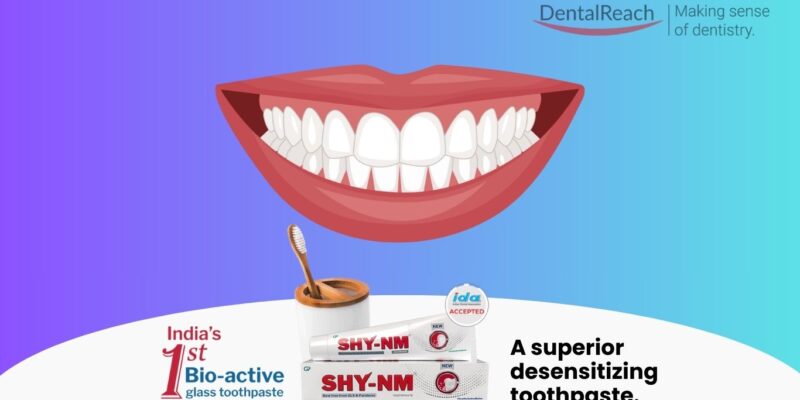Tooth whitening has become one of the most popular esthetic treatments, but the immediate post-bleaching period remains a weak spot. Enamel surfaces roughened by hydrogen peroxide are more vulnerable to staining from coffee, wine, or other pigments — often frustrating both dentists and patients who expect long-lasting brightness.
A recent in vitro study explored whether applying fluoride varnish right after bleaching could help reduce this short-term discoloration. Bovine incisors were bleached with 35% hydrogen peroxide, then either left untreated (control) or treated with Clinpro White Varnish (CW) or Enamelast Fluoride Varnish (EN). All samples were immersed in coffee for 24 hours and assessed for color change (ΔE00).
The results were encouraging:
- Both fluoride varnish groups showed about two-thirds less discoloration compared to the control group.
- Enamel surfaces treated with varnish appeared smoother under SEM, with fewer surface irregularities, suggesting remineralization.
- EN demonstrated slightly better retention and protection, even after brushing, compared to CW.
The researchers attributed this protective effect to two main actions:
- Barrier protection – The varnish physically coats the enamel surface, blocking pigment penetration during the vulnerable post-bleaching phase.
- Remineralization – Fluoride promotes mineral deposition, improves surface integrity, and enhances enamel resistance to staining agents.
Although this was a short-term in vitro study, the findings support incorporating fluoride varnish into post-bleaching protocols. Beyond maintaining esthetic results, varnish may also help reduce sensitivity and provide antibacterial benefits.
The authors note that further in vivo studies are needed to confirm long-term effectiveness under real oral conditions. Still, applying fluoride varnish immediately after bleaching appears to be a simple, effective step for dentists to help patients preserve their whitening results.
Source: Journal of Functional Biomaterials




















Comments